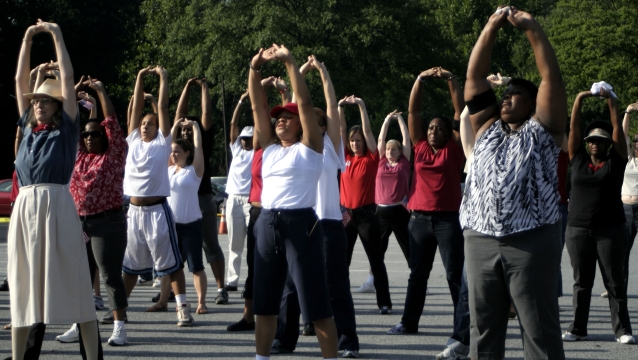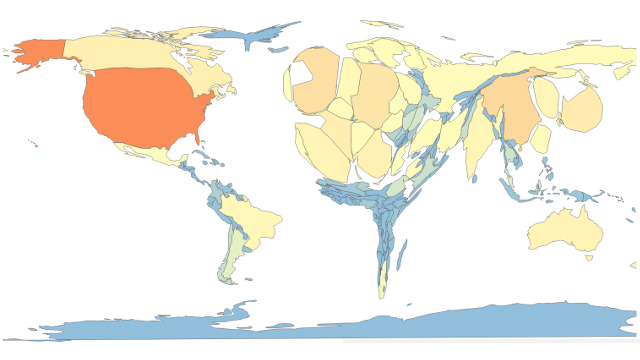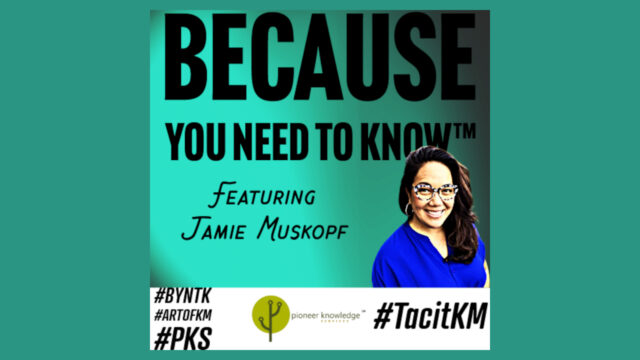
Cultural perceptions of activity levels
Originally posted on The Horizons Tracker. This article is part of an ongoing series of articles on cultural awareness in KM.
As healthcare gradually shifts towards prevention rather than cure, the desire to monitor activity levels increases. This places added onus on the ability to get accurate perceptions of these activity levels. A recent study1 by the University of Southern California highlights the challenges involved in this seemingly simple task.
The study examined the way Americans, Brits and Dutch people report their activity levels using questions framed in a way commonly used in activity surveys by healthcare organizations. Each volunteer was asked to report on their activity levels, whilst also equipped with activity trackers to actually monitor what they did.
Perception-reality gaps
Across the three nationalities, all volunteers thought they were as active as each other. This was true demographically as well, with older folk thinking they were as active as younger people. The reality was somewhat different however, with the American volunteers much less active than the Europeans, with the same true of older volunteers.
That’s not to say that the volunteers were deliberately misleading the researchers, merely that cultural and environmental differences can lead to vastly different interpretations of the same survey question. For instance, Americans rely heavily on their cars, whilst the Dutch more commonly walk or cycle to work.
The study saw around 1,500 volunteers from the three nations report on their physical activity on a five-point scale whilst also wearing a fitness tracking device on their wrist.
When the data was analyzed, it emerged that the Dutch and British volunteers tended to rate themselves towards the center of the activity scale, with Americans seeming to veer more towards the extremes at either end.
The data from the fitness tracker told a different story however, with the American volunteers considerably less active than their Dutch and British peers.
Growing old lazily
Inactivity grew as people aged across all three nations, although Americans were almost twice as inactive than the British participants.
The results revealed that the biggest disparities between reported activity and actual activity were at the opposite ends of the spectrum. Those who described themselves as being either very active or very inactive were most likely to be way out in their estimations.
“Individuals in different age groups simply have different standards of what it means to be physically active,” the authors say. “They adjust their standards based on their circumstances, including their age.”
Getting an accurate understanding of just how active people are is increasingly important as health systems shift towards prevention and management of chronic conditions rather than purely curing us when we’re sick. The study provides a telling reminder that we’re often not the best judges of just how active we are as individuals, so more objective measures will be required.
“When you rely on self-reported data, you’re not only relying on people to share a common understanding of survey terms, but to accurately remember the physical activity that they report,” the authors conclude. “With the wide availability of low-cost activity tracking devices, we have the potential to make future studies more reliable.”
Article source: Cultural Perceptions Of Activity Levels.
Header image source: physical, activity, opportunity, explore, dance by Debora Cartagena, USCDCP on Pixnio is in the Public Domain.
Reference:
- Kapteyn, A., Banks, J., Hamer, M., Smith, J. P., Steptoe, A., van Soest, A., … & Wah, S. H. (2018). What they say and what they do: comparing physical activity across the USA, England and the Netherlands. J Epidemiol Community Health, 72(6), 471-476. ↩






